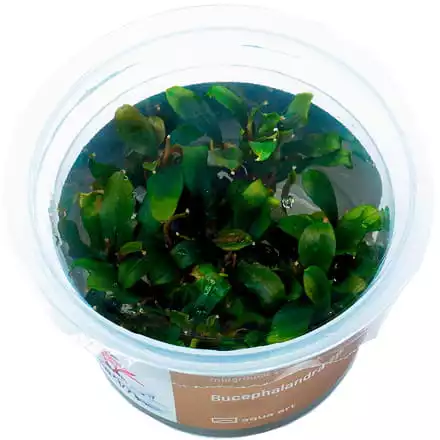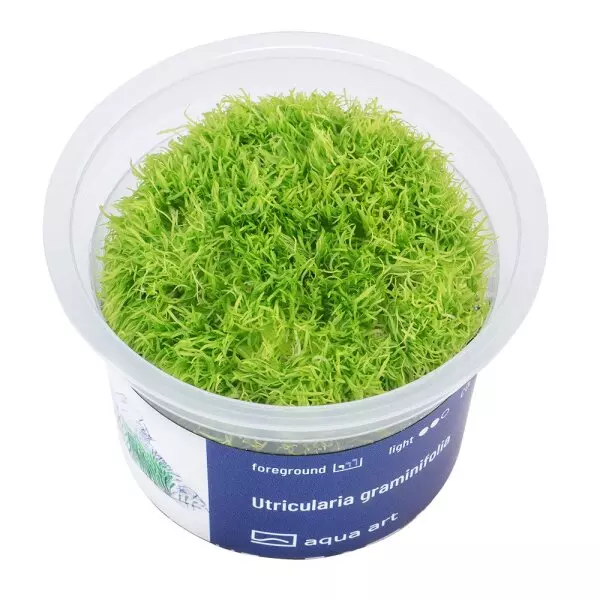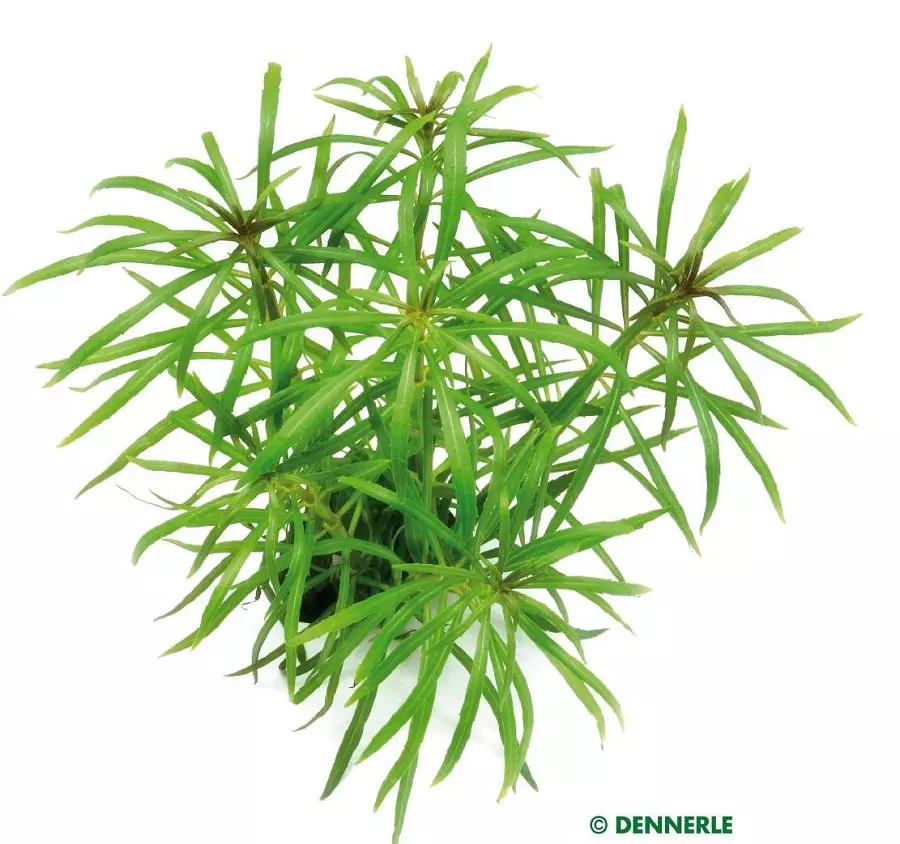Product information "Bucephalandra sp. "Aqua Artica"
Bucephalandra sp. "Aqua Artica
Bucephalandra sp. "Aqua Artica" is an aquarium plant that likes to grow on rocks and roots. It is an endemic species from Borneo.
- Difficulty of cultivation: easy
- Light requirements: low
- CO₂ requirements: low
- Height of adult plant: 10 cm
- Growth: very slow
- Temperature: 20-27°C
- Placement in aquarium: Second level
- Origin: Borneo Island, Southeast Asia
- Cup diameter: 6 cm
The genus name is derived from the Greek term 'bull's head' and refers directly to the dust sacs in the horn-like inflorescences. Bucephalandra sp. Aqua Artica is a beautiful and rather rare species native to Southeast Asia. It is an endemic plant from Borneo that is not often found in aquariums and can be considered a rarity.
Bucephalandra sp. Aqua Artica belongs to the Araceae family, the picture plant family. The family counts up to 2,500 species, among which there are some epiphytes like Bucephalandra sp. Aqua Artica. In the wild, it grows on rocks, in streams and rivers with rushing currents, or on the walls of waterfalls.
It prefers partial shade or even full shade. Its natural habitat is humid tropical forests where there is very little light. Borneo is in an equatorial climate zone, which means that there are dry and rainy seasons. As the rains come, the levels of the rivers rise, causing Bucephalandra to flood for months at a time. For this reason, the plant has taken on submersible characteristics and does well under water. When fully submerged, it is more intensely colored and has a finer leaf structure.
Bucephalandra sp. Aqua Artica has creeping stems with the tip pointing vertically upward. The characteristic elongated green leaves with a prominent central vein are its special ornament.It grows slowly and does not exceed 10 cm in height.
It is a low-maintenance species that needs no pruning and no intense lighting. It tolerates temperatures from 20 to 27 °C. However, it should be noted that it may lose its leaves in case of sudden changes in water or light parameters. Even if the plant loses its leaves but has a healthy rhizome, there is a good chance that it will recover and grow well again. Bucephalandra grows well in soft, slightly acidic water. The supply of carbon dioxide and fertilizers will favor the growth of the plant.
It is not difficult to grow and can be recommended to beginners in aquaristics.
It looks great in the background, attached to a root or rock. In any case, the roots of Bucephalandra should not be covered with substrate. Outside the aquarium, this species is also well suited for paludariums, where, however, it has less color and stiffer leaves.
Planting: The plant must be removed from the cup and thoroughly rinsed from the gel under running water. This is best done by placing the plant in a container of lukewarm water. Most of the gel will then fall off by itself. Divide the contents of the cup into 1-2 cm lumps and then place them at a small distance on the selected items
.
















.jpg)










